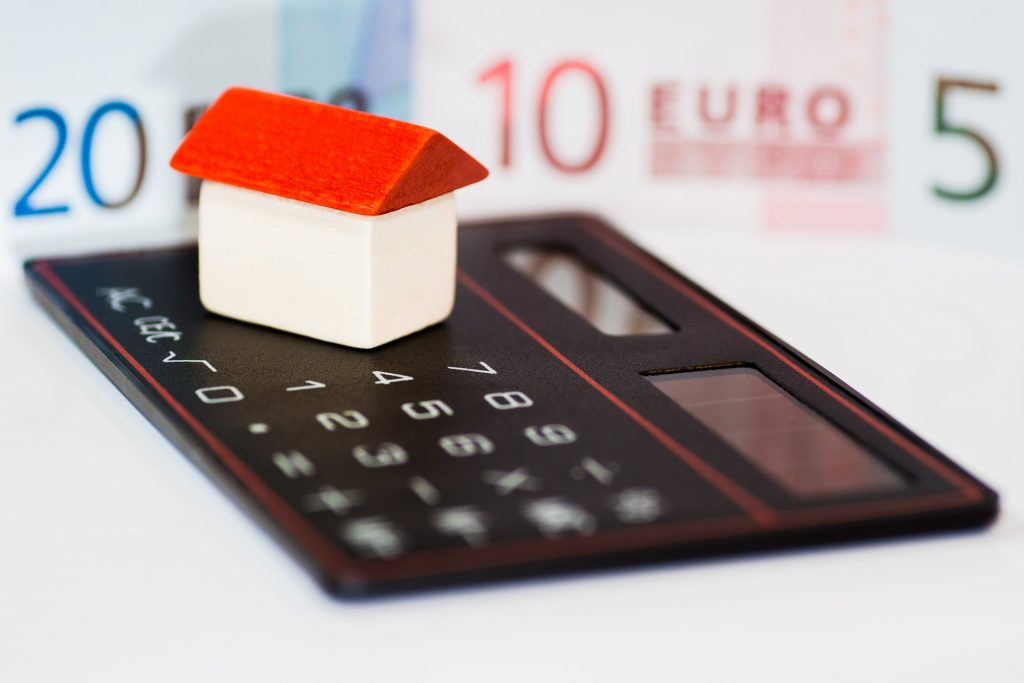 Q: Is commercial property unaffected by mortgage tax relief reforms and how different is it from residential?
Q: Is commercial property unaffected by mortgage tax relief reforms and how different is it from residential?
In the two years before mortgage tax relief reforms are phased out, residential landlords will see the percentage of finance costs that are deductible from rental income drop from 75% (2018) to 0% (2020) and a basic rate tax reduction (20%) in place by 2020. HMRC notes that UK-resident landlords who let residential properties in the UK or overseas, who live overseas and let properties in the UK, or who let residential properties in partnership or trust will be affected; but it does also note that only some landlords will end up paying more tax. This is important and we’ll come back to this later.
Commercial property, residential property owned by a UK-resident company or non-UK resident company and furnished holiday lettings however, are all unaffected by the mortgage tax relief reforms. Commercial property is any that is used for running a business such as a hotel, offices, a shop, a shopping mall, industrial units etc. Many landlords have been tempted by commercial property for this reason and because it avoids the additional 3% stamp duty for second properties.
There is even the option of semi-commercial investments for those residential landlords who want to find their feet first. Semi-commercial properties are those with a mixed use, a flat above a shop for example; properties such as this avoid the 3% stamp duty and the mortgage tax relief reforms, on the shop part at least, and they generate two sources of income. All commercial properties typically have higher rents (so higher rental yields) but that’s because they have higher risks too.
Understand the risks
Commercial properties not only rely on a tenant paying each month but that their business is profitable in order to do so. Even on a small scale, this is still more of a concern than a buy-to-let property as it is important to understand the tenant’s business rather than simply checking their credit history.
Mortgage lenders too assess the affordability of a commercial property based on the tenants’ business rather than the landlord’s ability to repay the loan. They will take into account expected rental income as well as the business’ success, for this reason vacant possessions will have trouble securing a mortgage. The type of business will also be a deciding factor – pubs, restaurants and bars tend not to have longevity so lenders will be likely to shy away from them. It is wise to have a stable and profitable business already in place before you buy.
Commercial landlords are limited to specialist commercial mortgages and if you have no experience with commercial property then few lenders will consider your application. You could partner with someone with experience to allay their fears or you could consider peer-to-peer or crowdfunding as finance options though these are complex and could tie up your investment.
Finally, mortgage rates will be higher and linked to the tenant’s lease so many lenders will expect the lease to match the length of the mortgage as well as wanting to see evidence that the landlord can meet expected costs.
If commercial is starting to sound like an unlikely option, consider the HMRC’s assertion that only some landlords will pay more under the new system.
Spot the difference
Propertygeek did a simple scenario to show that landlords may be worrying unnecessarily. Under the current system mortgage interest with all costs can be deducted from profit before working out the tax, so a £10k rental income with a £5k mortgage interest cost and £1k associated costs would net £4k profit that would be taxed, at basic rate (20%) £800, or at higher rate (40%) £1,600.
Under the new system, mortgage interest cannot be deducted so the example above becomes a £9k profit which would incur £1,800 tax at basic rate and £3,600 at higher rate. But then, as everyone can now claim a basic rate (20%) tax deduction from the profits, the basic rate tax payer in the example can deduct £1k from the tax bill (20% of £5k is £1k) to pay £800 in tax which is the same amount as before. While the higher rate tax payer suffers paying £1k more than before. Propertygeek’s example shows that superficially, residential landlords on a lower tax rate will see no real change, however, as the tax is worked out on profit basis, income from other sources could lift basic rate tax payers into the higher band (of a £50k threshold by 2020).
If this looks likely, you could always convert to a company (with the associated capital gains tax and other liabilities), sell unprofitable residential properties or consider trying the commercial side. While commercial properties are more complex to run and challenging to find mortgages for, they do offer higher rental yields, are unaffected by the mortgage tax relief changes and have more security with long-term leases and annual rent increases linked to inflation.
However, if you are a residential landlord at heart and would like advice on how our services can make your properties more profitable or how we can help you to achieve high rental returns then don’t hesitate to get in contact with the team.
